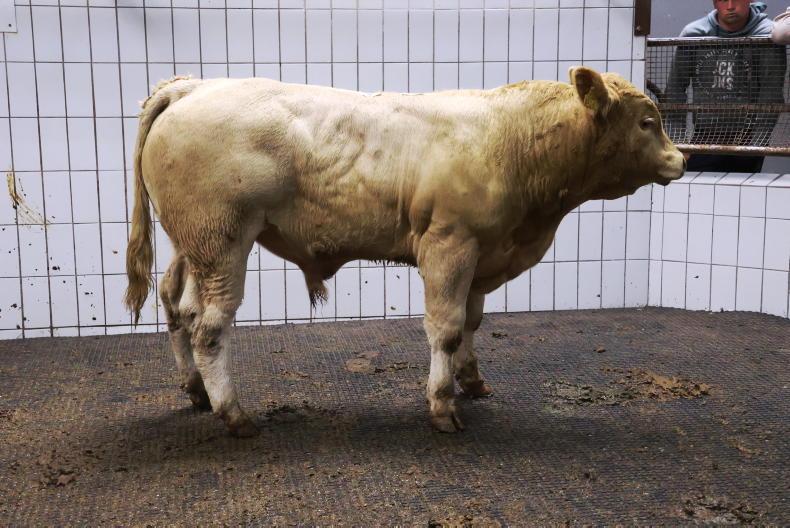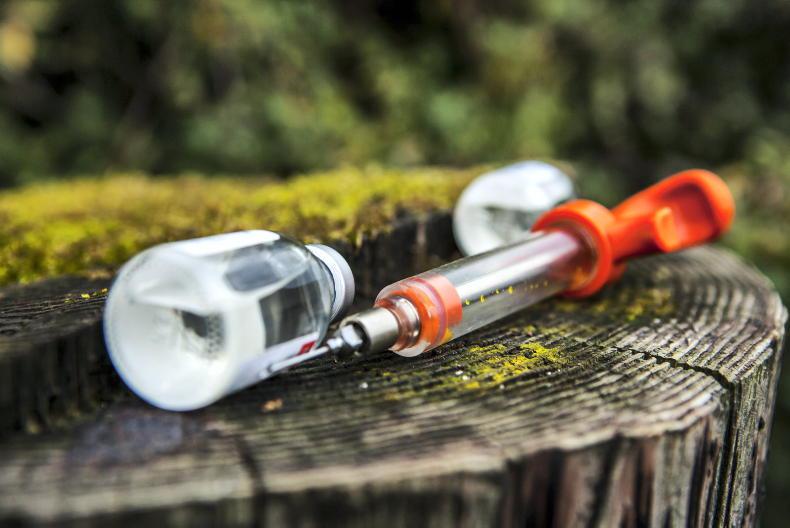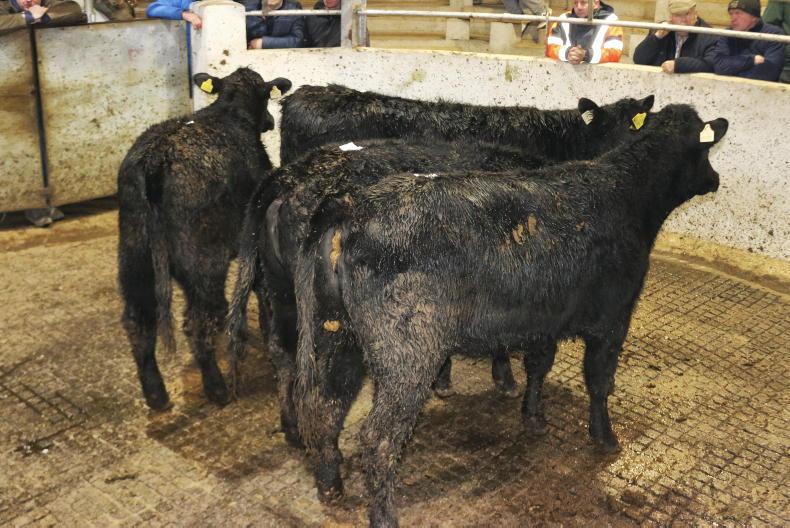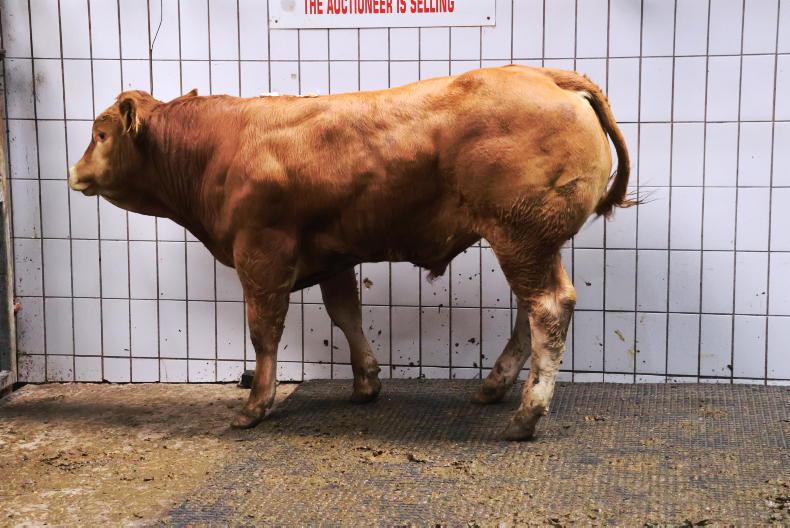A new exporter has entered the Turkish market for Irish weanling exports. The north-eastern-based exporter is assembling a load of weanlings for departure early in the new year.
This has driven extra competition around mart rings, with weanlings getting a lift in price over the last three weeks.
A total 268,634 head of cattle were exported out of Ireland up to the end of November 2022. A huge driver of this has been the Netherlands, with an extra 48,165 calves exported there this year.
Cattle exports are now running 12% ahead of the corresponding period in 2021.
Demand for Irish cattle has remained firm across the key European markets, with good numbers of weanling and store cattle traded to Spain, Italy and Greece in particular during the last two months.
Smaller numbers of cattle have also been exported to markets in eastern Europe. Mainland Europe remains the most important outlet for exports. However, there has also been a growing demand from North Africa and the Middle East.
This is reflected in increased activity from exporters in sourcing cattle in marts to meet the demand. Weanling exports are up 9,451 head to 27,808 so far in 2022 and are expected to rise more in the next two weeks.
Speaking to the Irish Farmers Journal, Gortatlea Mart manager Maurice Brosnan said: “Weanlings have been an exceptional trade for the last three weeks, with exporters very hungry for stock. I saw 318kg Limousin weanlings sold for €1,280 each last Friday night bought for the Turkish market.
“We’ve also seen huge numbers of cows in the last few weeks, with factories very active for all types of cows.”
The only downside to 2022 live exports has been the fall in the trade to Northern Ireland, with reduced demand north of the border and higher cattle prices south of the border.
Bord Bia’s Joe Burke said: “After a weaker trade for much of the year, the level of cattle being exported to Northern Ireland has increased and is currently operating at similar levels to autumn 2021.
Tighter cattle supplies north of the border have contributed to this trend, with a growing demand for both direct slaughter cattle and those for further finishing.”










SHARING OPTIONS